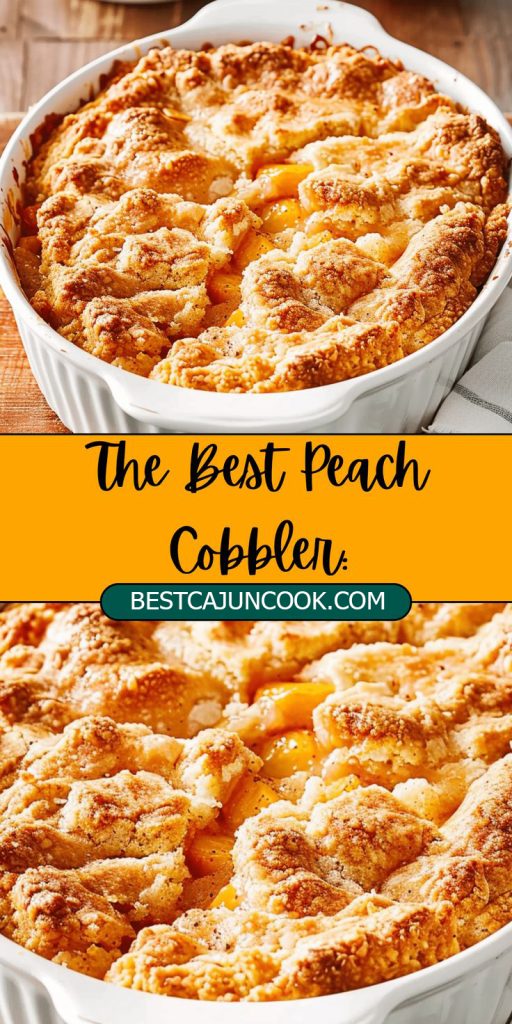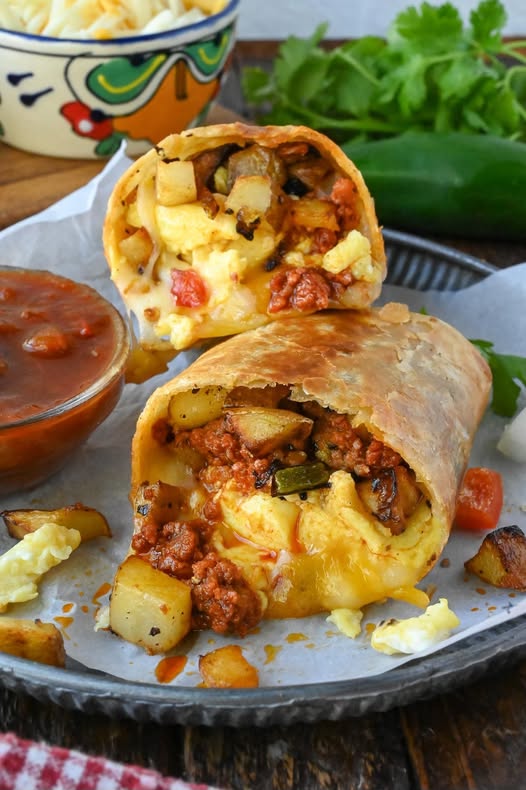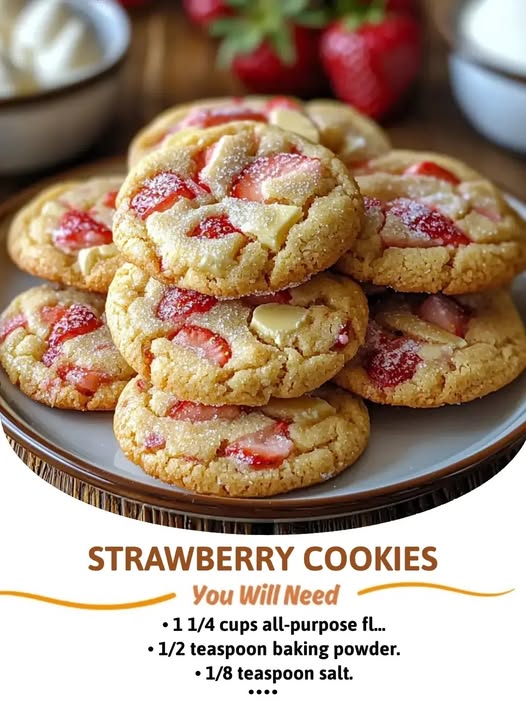Peach cobbler, a comforting dessert that sings of summer, is a time-honored treat that combines the natural sweetness of ripe peaches with a buttery, golden crust. It’s a dish that brings back memories of sunlit kitchens and the irresistible aroma of baking fruit wafting through the air. It’s not just a dessert; it’s an experience, a journey through flavors and textures that feels like a warm embrace.
History and Cultural Significance
The origins of peach cobbler are deeply rooted in American culinary history, tracing back to the early settlers who brought with them their pie-making traditions. However, faced with the lack of proper pie ovens and limited ingredients on the frontier, these resourceful cooks adapted by making cobblers. The name “cobbler” itself is believed to derive from the dish’s resemblance to cobblestones due to the way the dough is dropped or laid over the fruit. Over time, cobblers became a staple of Southern cuisine, celebrated for their simplicity and the way they allow seasonal fruits to shine.
In many Southern households, peach cobbler is more than just a dessert; it’s a symbol of hospitality and family gatherings. It’s often the centerpiece of summer barbecues and picnics, served with a scoop of vanilla ice cream that slowly melts into the warm, juicy peaches. The tradition of making cobblers has been passed down through generations, with each family adding its own unique twists and secret ingredients, making every cobbler a little different yet universally cherished.
Unique Ingredients and Flavors
The star of any peach cobbler is, of course, the peaches. When peaches are in season, they are at their most fragrant and juicy, providing the perfect balance of sweetness and tartness. The choice of peaches can alter the dish significantly—freestone peaches are often preferred for their ease of pitting, while clingstone varieties are known for their robust flavor.
Alongside peaches, the cobbler typically includes a combination of sugar, spices, and a hint of lemon juice to enhance the fruit’s natural flavors. Cinnamon and nutmeg are the classic spices that give the cobbler a warm, earthy undertone, while the lemon juice adds a subtle brightness to the dish. The crust, whether biscuit-like or cake-like, is a crucial component that adds texture and richness, absorbing the peach juices while becoming deliciously crisp on top.
Cooking Techniques and Tips
Creating the perfect peach cobbler is as much about technique as it is about ingredients. The key to a standout cobbler lies in the balance of textures—juicy peaches enveloped in a tender yet crisp topping. One technique is to cook the peaches slightly before baking to concentrate their flavors and ensure they are perfectly tender. This step, though sometimes overlooked, can transform your cobbler from good to divine.
When it comes to the topping, the debate between using a biscuit dough or a batter is ongoing, with each method offering its own charm. Biscuit toppings provide a delightful crunch and a rustic appearance, while a cake-like batter results in a softer, more uniform layer. Whichever method you choose, it’s important to handle the dough gently to avoid toughness and to bake it until it’s a deep golden brown, ensuring both a pleasing appearance and a delectable texture.
The Allure of Peach Cobbler
Peach cobbler’s appeal lies in its simplicity and the way it brings out the best in its ingredients. It’s a dish that doesn’t require fancy techniques or hard-to-find ingredients, just a bit of love and attention. Its versatility also allows for endless variations—adding berries for a burst of color and flavor, incorporating ginger or cardamom for a twist on the classic spice profile, or experimenting with different flours for an alternative texture.
In conclusion, peach cobbler is more than just a dessert; it’s a culinary tradition that invites you to savor the season’s bounty and the joy of sharing food with loved ones. It’s a reminder of the beauty in simplicity and the power of food to evoke memories and create new ones. So, whether you’re a seasoned cook or a novice in the kitchen, peach cobbler is a dish that welcomes you with open arms, encouraging you to experiment, enjoy, and most importantly, share.
Peach Cobbler
Ingredients
For the Peach Filling
For the Cobbler Topping
Instructions
Preparing the Peaches
-
Slice and Season the Peaches
Begin by slicing the ripe peaches into thick wedges. Mix them in a bowl with sugar, a pinch of cinnamon, and a squeeze of lemon juice to enhance their natural sweetness.If the peaches are too firm, give them a quick sauté to soften them up. This step is the secret to a juicy filling.
Creating the Cobbler Batter
-
Whisk the Dry Ingredients
In a separate bowl, whisk together flour, sugar, baking powder, and a pinch of salt. This will be the base of your cobbler topping.Make sure your baking powder is fresh for the fluffiest results. -
Add the Wet Ingredients
Slowly incorporate melted butter and milk into the dry mix, stirring until just combined. The batter should be slightly lumpy.Don't overmix! The lumps contribute to a rustic texture that complements the peaches perfectly.
Assembling the Cobbler
-
Layer the Ingredients
Pour the peach mixture into a baking dish, spreading it evenly. Dollop the batter on top, leaving some gaps for the peaches to peek through.For a golden crust, sprinkle a little sugar on top before baking.
Baking to Perfection
-
Bake Until Golden
Place the cobbler in a preheated oven at 375°F (190°C) and bake for 40-45 minutes, or until the top is golden brown and the peaches are bubbling.Let it cool for at least 10 minutes before serving to allow the juices to thicken.
Note
For a perfectly balanced sweetness, choose peaches that are ripe but still firm to the touch. If peaches are not in season, canned or frozen peaches can be substituted, but ensure they are drained well. Adding a pinch of salt to the batter helps to enhance the flavors, cutting through the sweetness and adding depth. For a more aromatic cobbler, consider incorporating a dash of cinnamon or nutmeg into the batter or the peach mixture. To achieve a golden, crispy top, sprinkle a light layer of coarse sugar over the batter just before baking. If you prefer a thicker fruit filling, toss the peaches with a tablespoon of cornstarch before adding them to the baking dish. Adjust the sugar in the recipe according to the sweetness of the peaches. For a gluten-free version, substitute the all-purpose flour with a gluten-free flour blend, ensuring that it includes xanthan gum for binding. Serve the cobbler warm, topped with a scoop of vanilla ice cream or a dollop of whipped cream for an indulgent treat. Store any leftovers in the refrigerator, covered, for up to three days. Reheat in the oven to maintain the crisp texture of the topping. For a delightful twist, consider adding a tablespoon of bourbon or vanilla extract to the peach filling to enhance the flavor profile.












